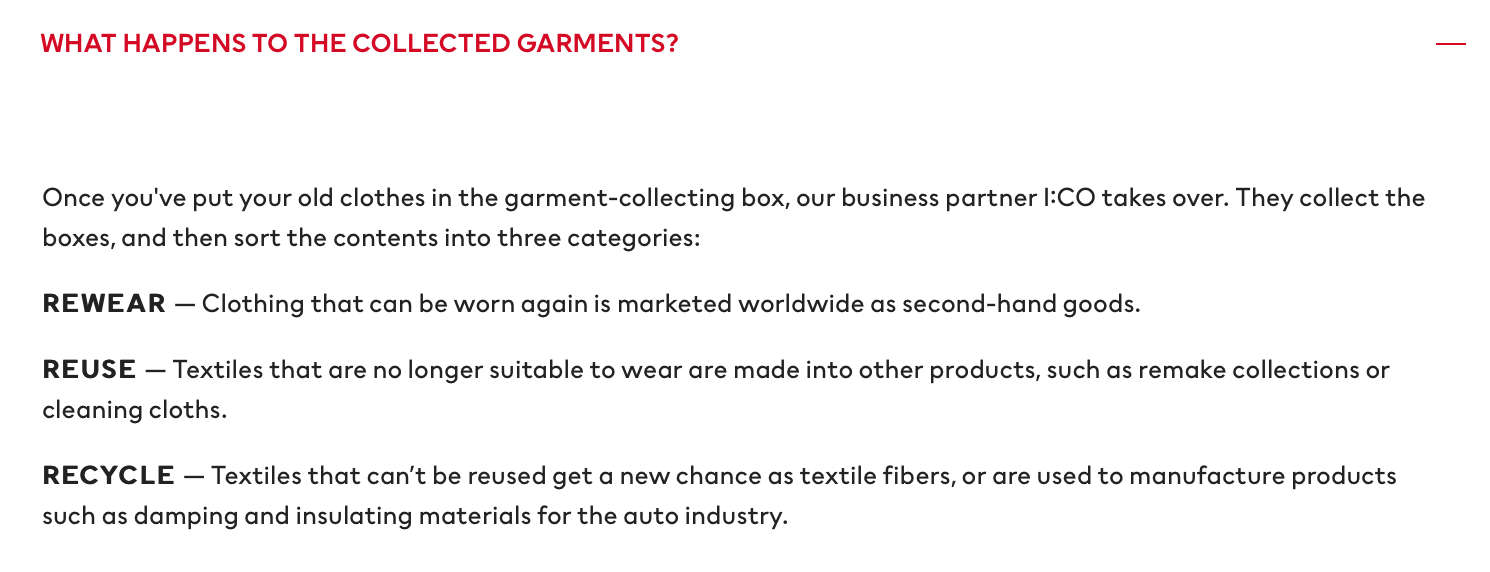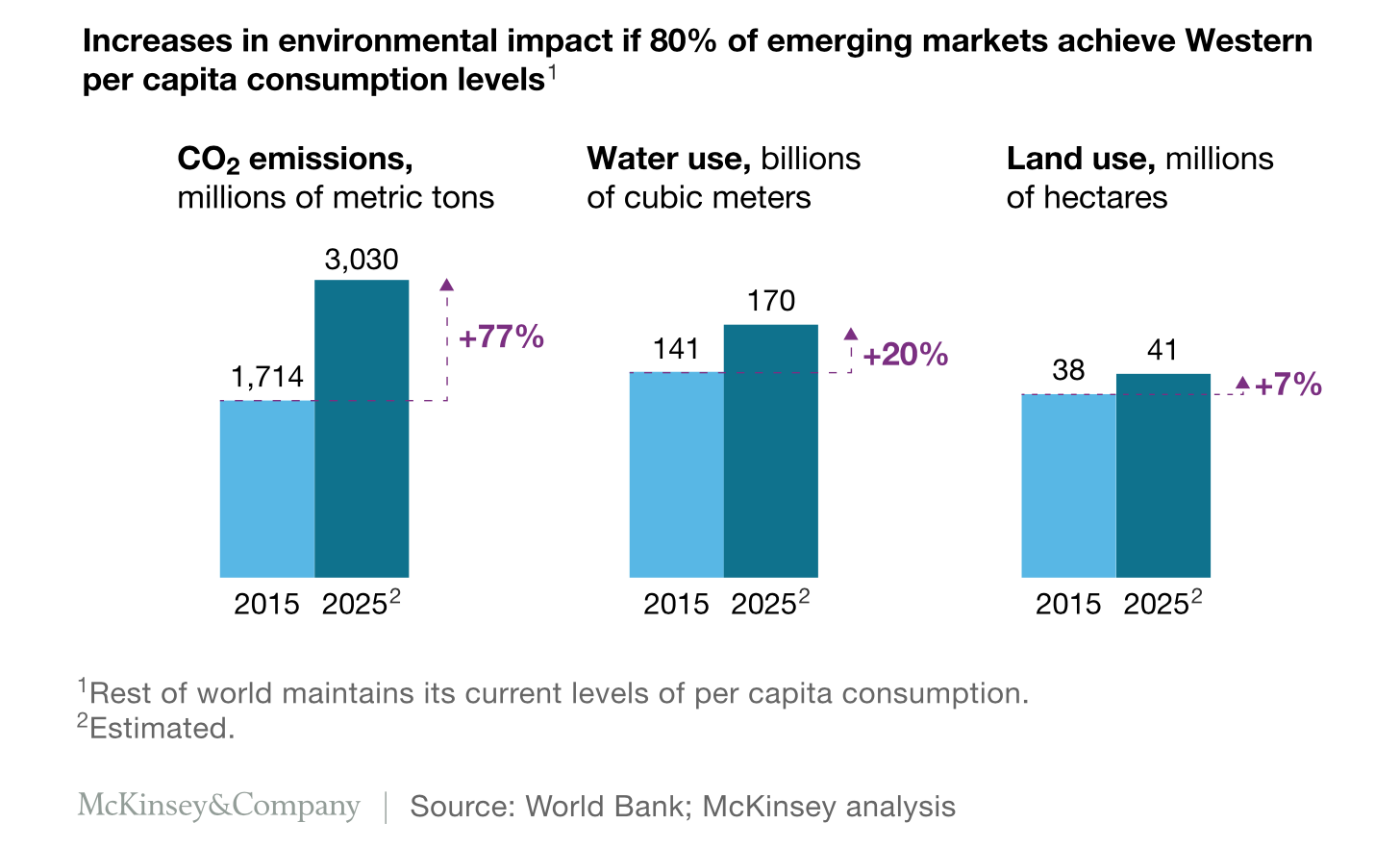The environmental impact of the fast-fashion industry is a concern for many consumers. While it is difficult to pinpoint the industry’s level of sustainability, it’s clear that over half of the clothing is discarded within a year of production, creating greenhouse gas emissions and using an outsized proportion of chemical compounds. Many companies are taking notice of consumer awareness and, perhaps, taking advantage of it.
Major fast-fashion retailer ZAFUL, an online clothing store that markets mainly via social media, recently hosted a Greener Fashion event in New York City where influencers, business owners and sustainability activists gathered to hear what the company says it’s doing regarding the implementation of more sustainable practices. A panel of women with backgrounds ranging from student leaders to business owners examined the topic of how to live a more sustainable life and be conscious consumers.
“If we continue with the current pace of textile production, by 2025 two thirds of the entire world’s population will face shortages of fresh water and be exposed to hazardous chemicals from textile production,” said panelist Stephanie Benedetto, co-founder of Queen of Raw, a marketplace to buy and sell unused textiles, which ultimately keeps them out of landfills.
ZAFUL’s Greener Fashion event not only aimed to raise awareness of sustainable fashion practices, but it also supported The Fashion Foundation by donating a handpicked inventory of clothing to the cause. The Fashion Foundation is a charity that sells donated fashion items at a fraction of the retail cost and uses the profit to support underserved schools.
Though the event was filled with hopeful tips on how consumers can help the environment, ZAFUL has yet to disclose how it, as a company, has become more sustainable. “We are currently adding sustainable development to one of our main development strategies,” said Patty Yang, project manager at ZAFUL. “We will open up more lines to produce ‘green series’ clothes.”
Yang did not respond to a request for details on ZAFUL’s sustainable development strategies and green series clothing lines. ZAFUL does work with local charities to support some of the UN’s Sustainable Development Goals, a philanthropic act that doesn’t necessarily address the company’s contribution to global pollution.
Other companies have been more proactive after facing consumer backlash. Leading fast-fashion retailer H&M started implementing programs to mitigate the negative impacts of production. Examples include the Conscious product line, which promotes garments that are made with at least 50 percent sustainable materials and the rewearing, reuse or recycling of clothes and textiles returned by customers.
H&M also allows customers to find sustainability details about their products on its website or in-store through the H&M app.

Beneath the glamour and style, the fashion industry has managed to keep many of its more unsavory aspects hidden from the public, media and government, according to Andrew Brooks, lecturer in development geography at King’s College London and author of the book “Clothing Poverty”. While some consumer groups urge shoppers to be mindful of sustainability, this can be difficult without having access to all of the relevant information.
And as much as consumers may express a desire to support sustainability with their dollars, the allure of dirt-cheap, on-trend clothing can be hard to resist. Fashion prices rise more slowly than many other industries, meaning new waves of garments are becoming affordable to an ever-broadening audience. Stores such as ZAFUL often sell t-shirts in the $1 to $5 price range, enabling a larger group of consumers to purchase them, but likely also shortening the lifespan of products by using what some may consider lower-quality materials.
“Shoppers have responded to lower prices and greater variety by buying more items of clothing. The number of garments produced annually has doubled since 2000 and exceeded 100 billion for the first time in 2014: nearly 14 items of clothing for every person on earth,” according to McKinsey.

While there is debate over the level of damage caused by the fast-fashion industry, consumption and pollution are undeniably on the rise. A report by McKinsey & Co. shows that “clothing production doubled from 2000 to 2014, and the number of garments purchased each year by the average consumer increased by 60 percent.”
Fast fashion is creating a throwaway culture in which people dispose of their clothing after just a few uses. This can be attributed to the poor quality of the clothes and their lack of durability, but also to the cheap prices and rapidly-changing industry, which constantly pushes out new styles and trends. “ZARA offers 24 new clothing collections each year; H&M offers 12 to 16 and refreshes them weekly,” according to McKinsey.

































